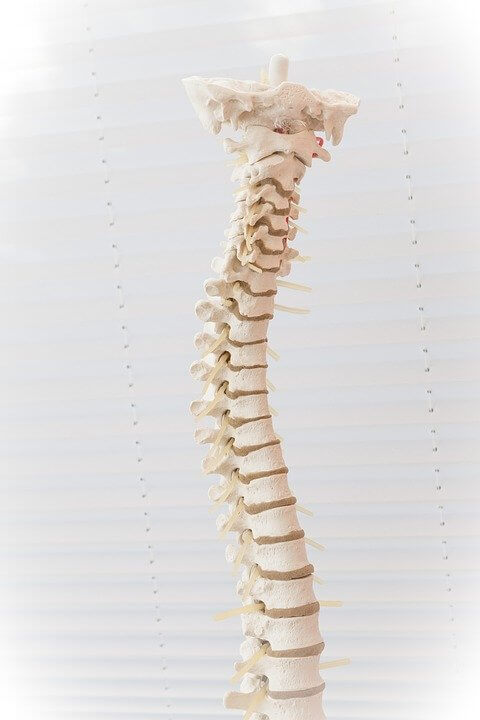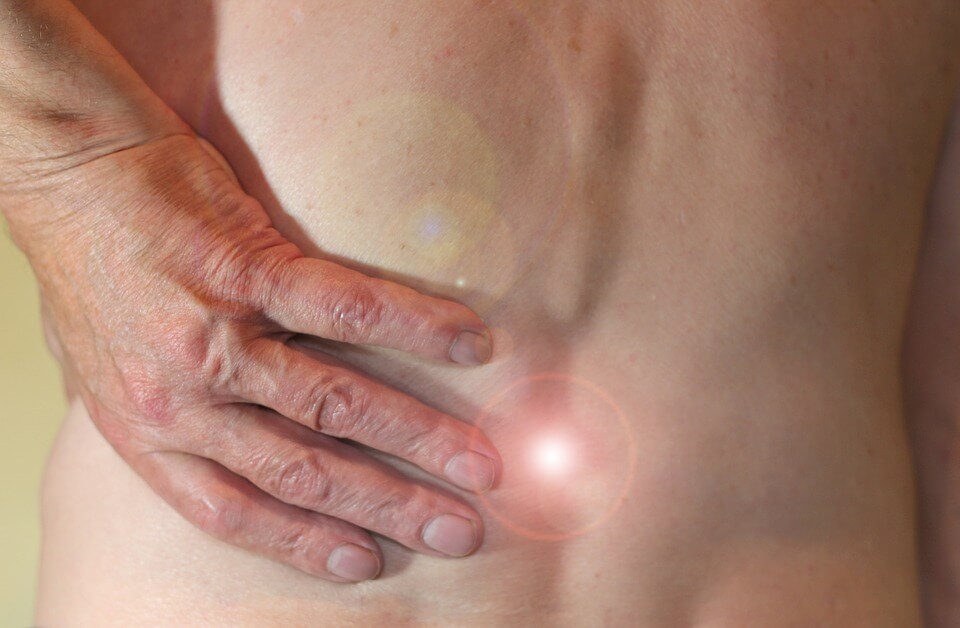Best Practices For People With Scoliosis

Scoliosis is a genetic condition that causes spine deformity. It usually hits without any reason in adolescents, in which case it's called “Idiopathic Scoliosis”. While its impact on adolescents is usually mild, without any pain symptoms, it can become more painful as they age, or during strenuous activities. The thing about mild scoliosis is that most doctors will just tell you to wait and see if it improves on its own. If you ask us, that is as detrimental to the health of your spine as it sounds.
Scoliosis may not cause severe pain or limit your motion in its mild state; this is the period where the condition will respond to various kinds of non-surgical treatment the most. So, after consulting with your primary care physician, here are the best practices that anyone suffering from scoliosis should do:
1. Physical Therapy
Physical therapy has been around for decades, helping thousands of people through their rehabilitation process, following injuries and surgeries. As expected, its benefits extend to managing and reducing the pain resulting from scoliosis, perhaps even helping in reducing the severity of the spine curvature. Your physical therapist will do various tests and check up on your medical reports to determine the kind of exercises and other complementary techniques that will aid in your recovery and rehabilitation.
2. Chiropractic Care
Chiropractic care has a lot in common with physical therapy; it's also been around for decades, with proven efficacy. However, chiropractic care puts more focus on the spine and its readjustment, succeeding in treating many conditions regardless of their severity. When asked about what chiropractic care can treat, the expert physicians at Carolina ChiroCare explain that numerous chiropractic techniques are used to treat various spine conditions. They also go a long way in relieving the pain and the restriction of functionality that come along with the condition.

3. Stretches
Whether it is physical therapy or chiropractic care, you'll find that most scoliosis-rehabilitation exercises incorporate a lot of stretching. That makes a lot of sense, as scoliosis causes shortening and contraction of muscles on one side of the body, while elongating the muscles on the opposite side. This makes stretching exercises on the top of the list, when it comes to relieving pain and re-adjusting the spine curvature, but caution should be taken. Before starting any stretching exercises, the best thing you can do is consult with your primary care physician to understand the nature of exercises you could do.
4. Yoga
In addition to stretching muscles, yoga has additional benefits of connecting your body and mind, which helps you become more mindful. It also organizes your breathing patterns, enabling you to get the maximum benefit from your training. However, not all yoga poses are beneficial for scoliosis. The best poses are those that maintain a straight spine, such as the mountain pose. You should avoid doing any extreme poses that would add more stress to the spine curvature, such as twists and inverted poses.
5. Core-Strengthening Exercises
The human body is built in such a way that, while the spine and bones act as the main structure, the surrounding muscles play a big role in supporting them. Thus, it is essential to have strong muscles. For people suffering from scoliosis, their condition usually results in weakening of the surrounding muscles, which makes the pain worse in the long run. Core-strengthening exercises help in building up the muscle strength and readjusting their posture, both of which are quite effective in treating the condition.
6. Lifestyle Changes
While bad posture, generally, can't develop scoliosis, it can certainly trigger it in those who are genetically predisposed. Bad posture can also worsen the pain and symptoms resulting from scoliosis after its onset. You'll be surprised at how simple changes in the way you sit, stand, or work can go a long way in improving your symptoms. If you're an adult, consider wearing supporting braces every now and then, as they help in alleviating the pain. As for adolescents, supporting braces are one of the main treatment options.
When left untreated, scoliosis can start becoming worse as you go on about your daily life. Forget waiting to see if it gets better on its own: the first step you should do is get a full understanding of your condition from your doctor and the degree of its severity and curvature. Mild to moderate scoliosis can be managed in many ways, such as getting physical therapy or chiropractic care. You can also manage the pain intensity by doing stretches, yoga, core-strengthening exercises, and some lifestyle changes.
839GYLCCC1992



Leave a Reply